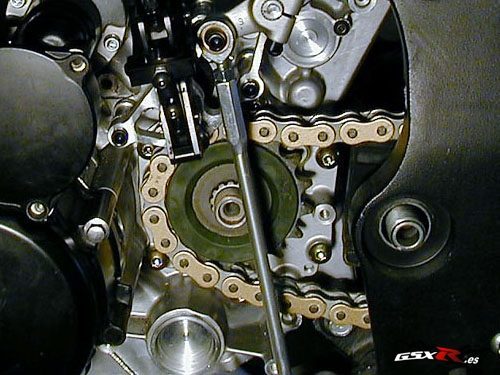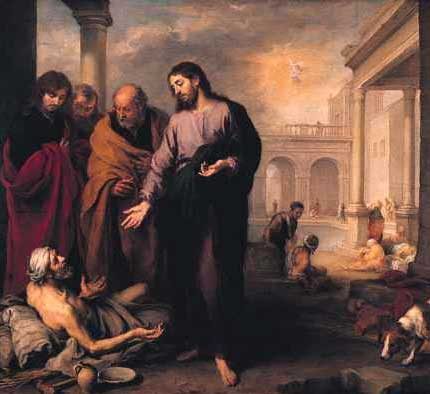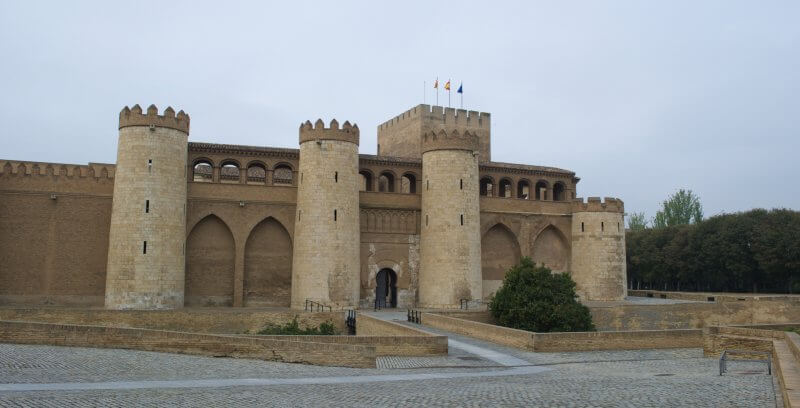 From ancient times to the Renaissance, man believed that the Earth was the center of the entire Universe. In this sense, it was understood that the Sun and all the planets revolved around our planet. This view of the world is known as geocentric theory or geocentrism.
From ancient times to the Renaissance, man believed that the Earth was the center of the entire Universe. In this sense, it was understood that the Sun and all the planets revolved around our planet. This view of the world is known as geocentric theory or geocentrism.
The geocentric model
Philosophers like Eudoxus, Aristotle and later astronomers like Ptolemy were the first to propose this explanatory model about the universe. According to geocentrism, the Earth is firm and totally immobile, while the celestial bodies appear and disappear throughout the day.
Observation of reality seemed to confirm the central thesis of the theory. The planetary model of geocentrism was also based on the circular movement of the stars around the Earth, since it was understood that the circle was a perfect figure and that perfection had to govern the movement of the planets in the heavens.
The theory remained as a cosmological model for almost 2,000 years and had the unconditional support of the Catholic Church.
For Catholic theologians there were great similarities between the Holy Scriptures and the scientific descriptions of geocentrism. On the other hand, for the Catholic Church it was totally logical that the Earth was the true center of the world, since in it are human beings, creatures created by the will of God.
Geocentrism was much more than an astronomical theory. In fact, this vision of the universe was present in art and in all culture in general (in Dante's "The Divine Comedy" the terrestrial and celestial structure of geocentrism is narrated in literary terms).
A new theory that was initially rejected
Starting in the Renaissance, scientists such as Kepler and Copernicus began to question the geocentric model of the universe. Copernicus is considered the father of a new vision of the cosmos, the heliocentric theory or heliocentrism. According to the new approach, the Sun is at the center of the universe, so the Earth and the rest of the planets revolve around it. During the Renaissance, scientists were divided into two camps: some supporting geocentrism and others supporting heliocentrism.
By incorporating the telescope into planetary observations, Galileo was able to demonstrate that the heliocentric theory was the true one. His tests and demonstrations were conclusive, but despite this his vision of the universe was considered a heresy that was opposed to the sacred texts.
The heliocentric theory prevailed over the geocentric when scientists abandoned speculative explanations and turned to empirical observations of reality.
Photo: Fotolia - Naeblys









